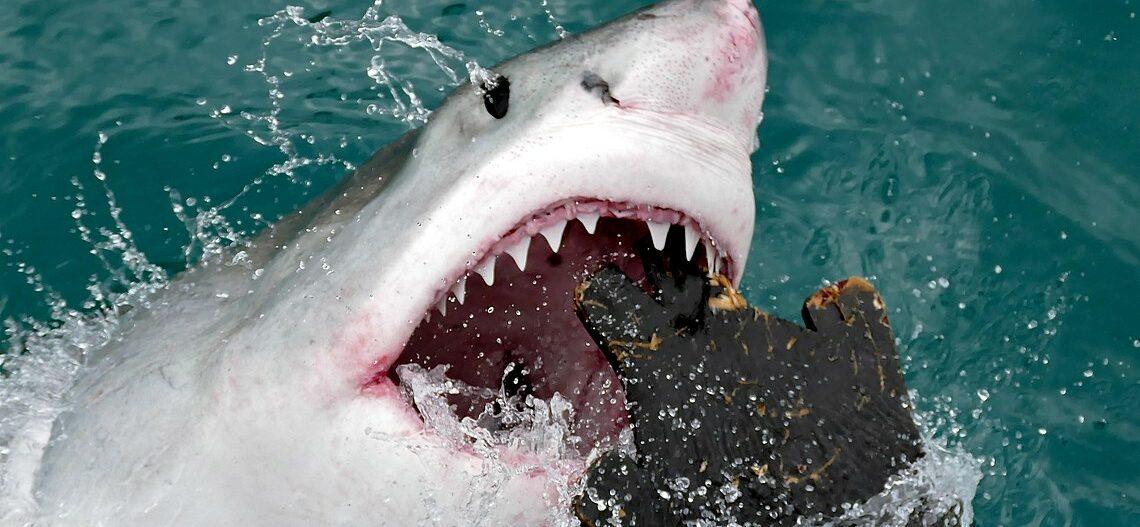An amazing video has surfaced online of a real-life “Sharkcano.”
Earlier this week, the NASA Goddard Space Flight Center in Greenbelt, Maryland, shared the photos of the event on their Twitter account. “You’ve heard of Sharknado,” they joked, referring to the SyFy film franchise. “Now get ready for Sharkcano.”
Amazing Sharkano Footage Captured On Camera
🦈 You’ve heard of sharknado, now get ready for sharkcano.
The Kavachi Volcano in the Solomon Islands is home to two species of sharks. It’s also one of the most active submarine volcanoes in the Pacific, seen here erupting underwater by #Landsat 9.https://t.co/OoQU5hGWXQ pic.twitter.com/vEdRypzlgi
— NASA Goddard (@NASAGoddard) May 22, 2022
As the NASA Twitter account explained, “The Kavachi Volcano in the Solomon Islands is home to two species of sharks. It’s also one of the most active submarine volcanoes in the Pacific, seen here erupting underwater by #Landsat 9.”
According to Live Science, NASA satellite images have found plumes of discolored water over the volcano in recent months, which are a sure sign of volcanic activity and insinuate that multiple eruptions have been occurring over the past few months.
According to the Smithsonian Global Volcanism Program, these images were captured by the Operational Land Images-2 (OLI-2) onboard the Landsat-9 satellite, as NASA’s Twitter account previously mentioned.
In a statement released by NASA's Earth Observatory, it’s likely that the volcano began erupting as early as last October. However, the changes in water color over the volcano were not noticed until April and May. Research indicates that Kavachi’s first recorded eruption happened in 1939. Subsequent eruptions were powerful enough to create temporary islands.
Active Volcano Is Home To Both Hammerhead & Silky Sharks
A video of the phenomenon was also captured on video, which can be seen below.
According to the description of the video:
“Edited highlights of a baited autonomous camera dropped into the summit crater of Kavachi. The entire descent from 0–50 m depth is shown, followed by representative clips of the reef fish, sharks, and gelatinous zooplankton that were observed. Note the distinct orange coloration and high turbidity of seawater inside the crater at depth.”
Other research performed by the National Oceanic and Atmospheric Administration (NOAA) found that the volcanic plumes of acid water usually contain volcanic rock fragments and sulfur. The sulfur attracts “microbial communities” that actually live on sulfur.
In 2015, NOAA’s investigation found that the volcano is home to two types of sharks: hammerheads and silky sharks.
In 2016, an oceanographic journal titled “Exploring the Sharkcano,” raised questions about how sharks could survive. In their words, the sharks living in and around the volcano raised “new questions about the ecology of active submarine volcanoes and the extreme environments in which large marine animals exist.”
According to Live Science, the volcano’s summit is about 65 feet (20 meters) below sea level. The volcano is located about 15 miles, or 24 kilometers, south of Vangunu Island, which is one of the more than nine hundred islands that make up the Solomon Islands archipelago. Local residents have reportedly regularly witnessing both steam and ash on the water’s surface, which provides further evidence of the neighboring sharkcano.
